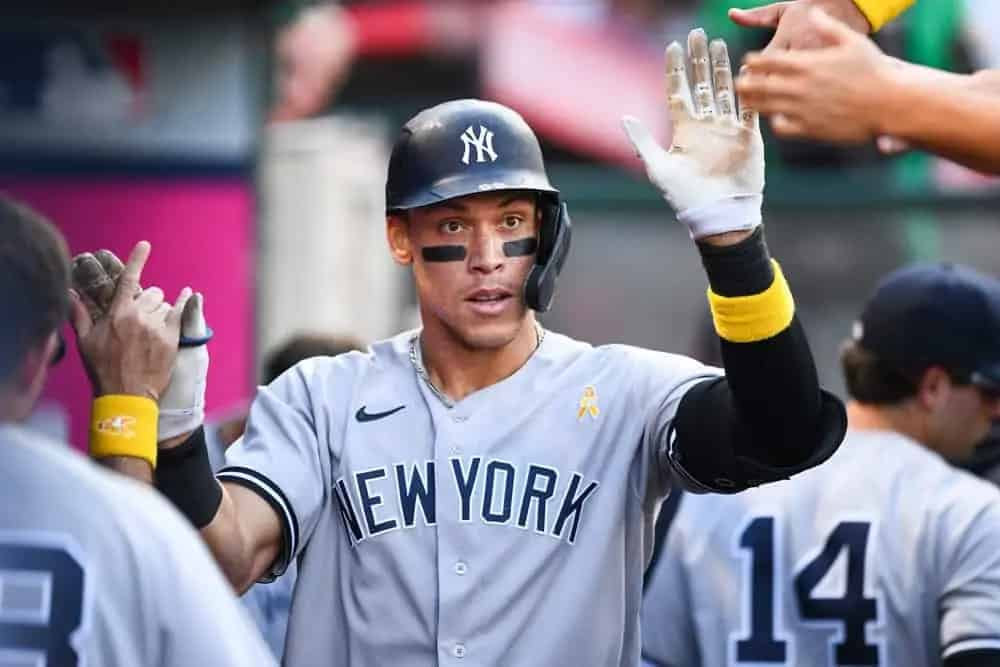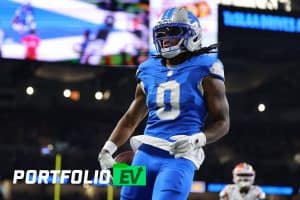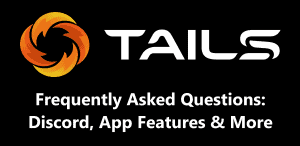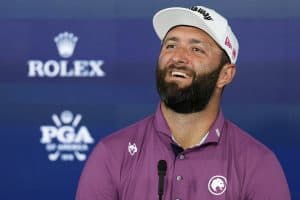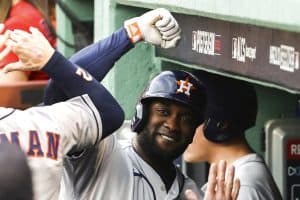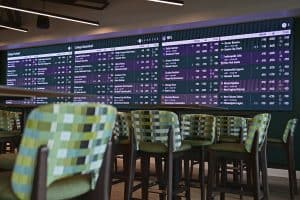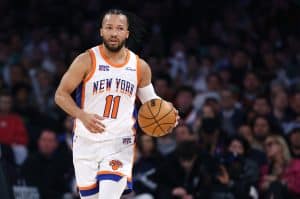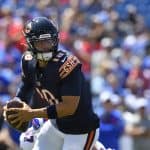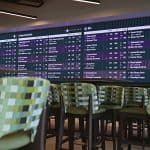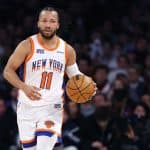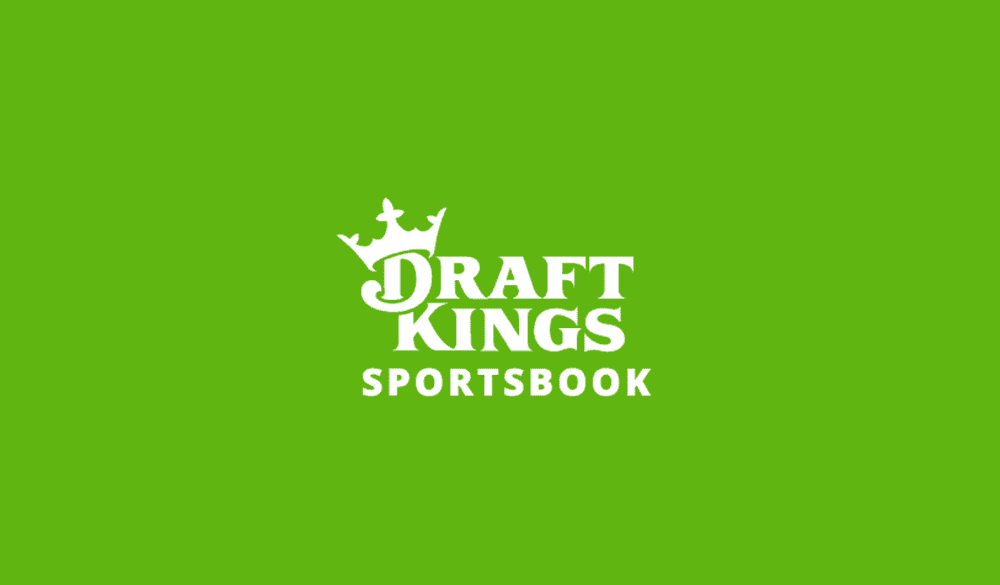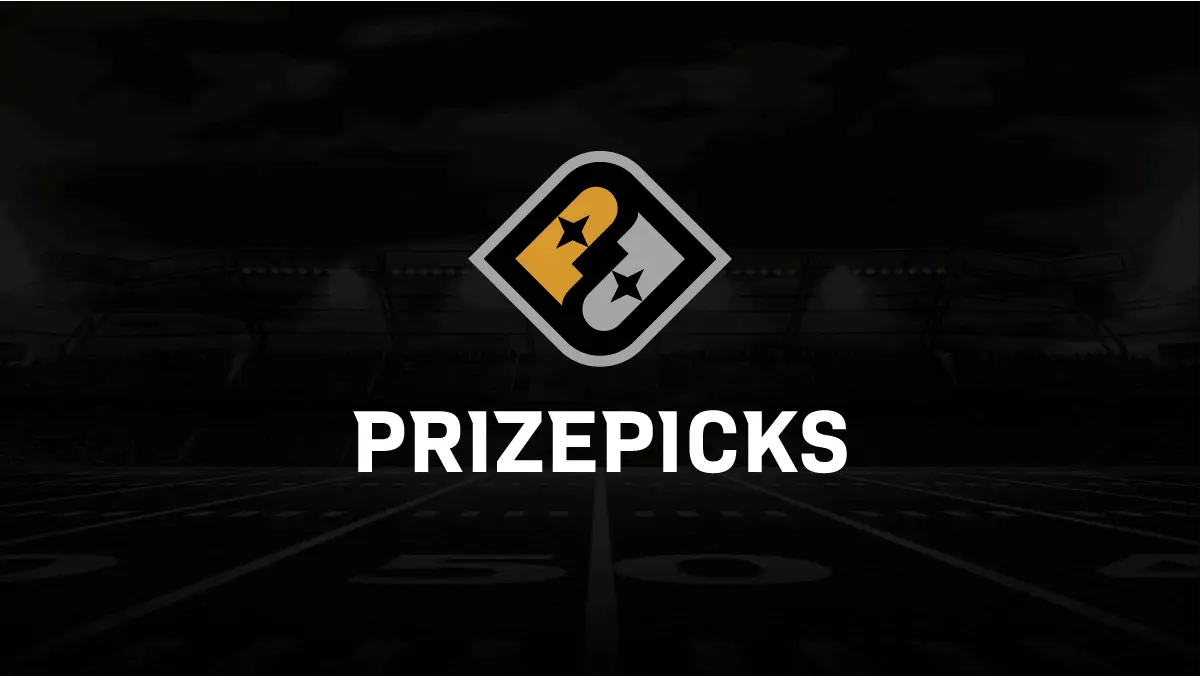There are few sweats I enjoy more than a home run bet. All it takes is one swing of a bat to cash a wager that will usually be priced in the range of +300 to +1000. You may find them priced for shorter odds (looking at you, Kyle Schwarber), but even those lines can have value occasionally. Because even the best MLB players will hit only 40 home runs per 162-game season, it can be tricky to cash enough to turn a profit. Let’s discuss the top strategies to use when placing home run bets — especially the market-based MLB strategy Portfolio EV will help you use. If you’re hungry for more, check out our MLB betting tools or our other MLB articles, including our breakdown of FanDuel’s Dinger Tuesday!
MLB Home Run Betting Strategy: How to Profit on Home Run Bets
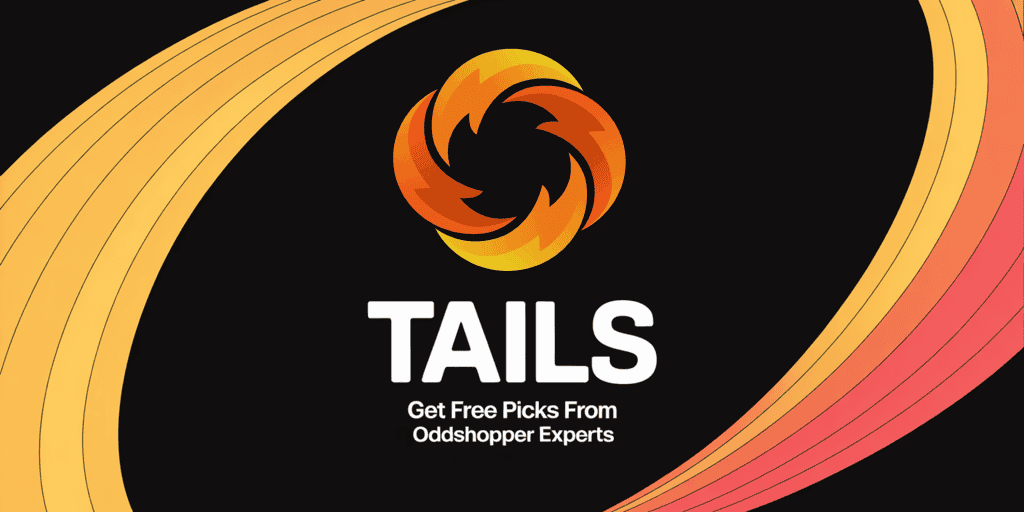
👉 Check Out the FREE Expert Picks »
The Free Picks on Tails are your shortcuts to smarter bets … no signup, no strings. Here you will find a bunch of expert picks, updated daily.
In Summary
- Home run bets offer big payouts — usually ranging from +300 to +1000 — but require smart strategies to be profitable due to their low base hit rates.
- Portfolio EV helps bettors find value by using a market-based approach, comparing sharp sportsbooks to public books to identify mispriced HR props.
- Two main strategies exist: projection-based (uses player stats, pitcher matchups, ballpark effects) and market-based (leverages sportsbook inefficiencies for +EV bets).
- Key stats for batters: home runs, expected home runs (xHR), handedness splits, launch angle, and exit velocity — all help identify true slugging value.
- Key stats for pitchers: xHR allowed, ERA trends, fastball velocity, and recent form — target struggling pitchers to find soft matchups.
- Park factors and weather matter: Ballpark dimensions, wind, and humidity dramatically affect HR probability. Use tools like Baseball Savant to assess hitter-friendly environments.
- Handedness splits are crucial: Many sluggers perform significantly better against opposite-handed pitchers; ignoring these trends can tank ROI.
- Bet sizing matters: Portfolio EV recommends fractional Kelly Criterion-based bets to manage risk and maximize long-term profitability.
- Maximize your home run ROI with consistent line shopping, high-volume betting, and Portfolio EV’s real-time +EV ratings (like OS Rating, xWin, and Hold).
- Try the free 7-day Portfolio EV trial to start placing sharper MLB home run bets with confidence — no projections needed, just profitable picks.
MLB Home Run Betting Strategy: Market-Based Methods
There are two approaches to becoming a profitable home run bettor — you can employ either a projections-based strategy or a market-based strategy. While the former option requires you know something about batters, the pitcher’s they’re facing and the stadiums they’re playing in, the latter only requires you to know about how sportsbooks work. Both methods lead you to an estimate of the win probability of a given wager, and when your estimate is higher than the implied odds at the books, you’ve found a bet with positive expected value (+EV).
So how do sportsbooks work, you may wonder? Well, some sportsbooks have higher limits on prop markets (and thus stand to lose more if their lines are inefficient). We can compare their odds to the odds at public books, which generally have lower limits and odds built to capitalize on what the sports betting public wants to bet, to find dissonances.
When the estimated win probability calculated by using the odds from the sharp book exceeds the implied probability available at public books, we know the bet has +EV.
But figuring out which bets are sharper and when you’re getting enough of an edge for a bet to have +EV is difficult, so fortunately, Portfolio EV’s MLB betting model does the hard work for you. Let’s take a quick look at an example wager and how our product team describes each of the key terms.
Bet Size: The recommended bet size as a percentage of your bankroll. This metric is based on a fractional Kelly Criterion approach that leads to a reasonable balance of minimizing risk of ruin while maximizing potential reward.
EV: An abbreviation for “expected value,” this metric estimates the long-term profitability of a wager by taking into account the probabilities/payouts associated with each potential outcome.
xWin: The probability of winning the bet implied by the Sharp Sportsbook Algorithm true odds.
OS Rating: The OS rating provides a rating for each +EV bet. An OS rating above 20 signifies an exceptional bet. Ratings between 10 and 20 are highly favorable bets. Finally, a rating between 0 and 10 indicates a solid bet. We factor in the EV, expected win, bet size, and negative geometric drag to calculate this rating.
Hold: The synthetic hold across the entire market, which is the loss a bettor would sustain if he bet both sides of the market to win equal amounts. The larger the hold, the more difficult it is to beat that market.
MLB Home Run Betting Strategy: Projection-Based Methods
You may be more familiar (or comfortable) with projection-based systems. These use batters’ stats, pitchers’ stats, weather and park factors — among other numbers — to estimate the probability of them hitting a home run in a given game. We’ll tackle each topic individually to help you be the best-equipped bettor you can be when placing home run bets.
Batters’ Stats | MLB Home Run Betting Strategy
A key consideration when placing home run bets is, of course, a batter’s production. But which stats should you be looking at, and which should you ignore? While looking at a batter’s raw home run production is helpful, sometimes a batter with five home runs on the year might be a better bet than a batter with 10. This can be true for several reasons, from the number of starts each batter has to handedness splits. Let’s walk through the key stats to consider when betting on home runs.
Home Runs & Expected Home Runs
If you’re betting on a batter to hit a home run, it seems too obvious that you should consider the number of actual home runs they have hit. However, a batter who plays his home games at a hitter-friendly park like Coors Field will probably have better raw home run numbers than a batter who plays in a pitcher-friendly park like Citi Field. To correct for those variables, we can look at expected home runs, a stat we should contextualize by the total number of plate appearances each batter has logged.
Expected home runs are calculated by giving a batter credit for each batted ball they have hit that would’ve cleared the fences at another ballpark, regardless of the actual outcome in the box score.
For example, Kyle Schwarber hit 52 actual home runs in 2023, but he recorded only 47.1 expected home runs. He recorded 62 batted balls that would’ve been a home run in any one ballpark and 27 that would’ve been a home run in every ballpark.
A whopping 53 of Schwarber’s batted balls would’ve cleared the fences at his home stadium last year, but only 40 would’ve done so at his former home stadium, Fenway Park, and only 37 would’ve counted for home runs in San Francisco’s Oracle Park.
Schwarber, a lefty, sends most of his home runs over the left-field wall, so it’s important to understand how the stadium’s configuration can affect his production — a point we’ll revisit later.
Expected home runs are especially important when sifting through early-season noise. As of the original publication of this article (April 8, 2024), Mookie Betts and Tyler O’Neill led the MLB with five home runs apiece, but Betts’ 2.9 expected home runs trailed O’Neill’s 4.6 expected home runs by a considerable margin.

Ditch the guesswork. Start making smarter, sharper +EV bets with a FREE TRIAL of Portfolio EV. Visit the Portfolio Betting page now!
Betts only ranked ninth in expected home runs to boot! These numbers tell us that, through two weeks, O’Neill should be seen as a reliable slugger for home run bets, while Betts should not be — at least when not playing in Dodger Stadium.
Handedness Splits
We’ll look at one more key stat to consider for batters when placing home run bets: handedness splits. It’s generally true that batters have an advantage when facing opposite-handed pitchers, but some perform best against same-handed foes.
Further, some batters need the advantage of facing an opposite-handed pitcher so badly that they rarely hit home runs, and, in some cases, rarely even get at-bats, against same-handed ones.
Let’s look at three players’ statistical profiles from 2023: LHH Kyle Schwarber, RHH Ronald Acuna Jr. and LHH Rowdy Tellez.
Of Schwarber’s 47 home runs, 32 (68%) came against RHPs; his slugging percentage (.497 vs. RHP, .430 vs. LHP) reflects that trend. He illustrates the general rule about opposite-handedness well.
Acuna mashed 41 home runs in 2023, but 33 (80.5%) came against RHPs. His slugging percentage (.605 vs. RHP, .559 vs. LHP) also reflects that trend. Tellez only hit 13 home runs in 2023, but 12 (92.3%) came against RHPs, and his slugging percentage (.396 vs. RHP, .261 vs. LHP) also reflects that trend.
Acuna and Tellez illustrate both ends of the general rule’s extremes — Acuna serves as an exception; Tellez underscores the risk of betting on a player whose value evaporates against same-handed pitchers.
Other Stats to Consider
Without getting into specifics, the peripheral stats that underpin numbers like expected home runs — and, necessarily, their actual home runs — are also important to understand. Tracking stats like launch angle and average exit velocity are key to understanding why a player is hitting so many expected home runs — and, if those numbers fall off over the course of a season or between seasons — why they aren’t hitting as many expected home runs any longer.
Pitchers’ Stats to Consider for Home Run Bets
It’s also important to consider the stats of an opposing pitching staff. While we can dive into the particulars of a given starting pitcher easily, it’s much harder to do for a given team’s bullpen, especially since we don’t know which reliever to expect to see.
Generally, it’s safe to expect a batter near the top of the order will get between three and four plate appearances against a starting pitcher, while a batter closer to the bottom of the order will get between two and three. Let’s go through the key stats to consider when evaluating a starter.
Home Runs & Expected Home Runs
Just as we can consider the actual and expected home runs hit by a batter, we can do the same for starting pitchers. While there’s an important wrinkle here, as batters who hit more expected home runs tend to lengthen their leashes (and avoid getting subbed out early), the inverse is true for pitchers who allow more expected home runs.
Still, in a given season, several pitchers who struggle with fastball velocity will give up a boatload of expected home runs. Let’s look at some of the leaders from the 2023 season (including the playoffs: Lance Lynn (45.4 xHR), Jordan Lyles (38.9 xHR), J.P. Sears (37.5 xHR), Lucas Giolito (36.7 xHR) and Joe Ryan (34.4 xHR).
One trend that becomes immediately obvious is how much of an outlier Lynn and Lyles’ seasons were — being able to identify and take advantage of fades like them is important. But even pitchers who are simply below-average in terms of xHR, like Ryan, eighth-worst Dean Kremer (31.5 xHR) and 13th-worst Miles Mikolas (28.7 xHR) can have value as fades, they’re just not complete pumpkins as their aforementioned counterparts.
Recent Form
Handedness splits also matter for pitchers, and recent form also matters for batters — but I’ve already walked you through the former stat, so let’s talk about how best to use a player’s recent form to your advantage when placing home run bets. It’s worthwhile to understand if the pitcher (or batter) you’re targeting is hot or cold. While individual good or bad performacnes can usually be chalked up to variance, there’s a reason why those in the biz talk about pitchers having “the yips.”
To understand a player’s recent form, I usually look at their monthly or half-season splits. For example, in 2023, RHP Joe Ryan recorded a steady 3.70 ERA over the first half of the season before collapsing down the stretch, coughing up a 6.09 ERA. He gave up 16 home runs in 18 starts in the first half of the season and gave up another 16 — in only 11 starts — in the second half.
On a month-by-month basis, Ryan allowed just six home runs from March to May. He then coughed up seven in June and eight in July. It was a five home run performance by the Atlanta Braves that kicked off Ryan’s cold spell, as he coughed up 15 home runs between June 27 and August 2, good for almost half his season total in just seven of his 29 starts, or less than a quarter.
Park Factors & Weather
To be a profitable home run bettor, you must also understand where the batter in question is playing their game. Unlike football and basketball, not all ballparks are the same dimensions, which may benefit batters in some cases but not in others. Likewise, wind and humidity can play a role in home run hitting — winds blowing out through center field can give a long ball the juice it needs to get over the fence, while a lack of humidity can make it more difficult for a ball to get there. You can check out our MLB weather report for this information.
I recommend using Baseball Savant’s Park Factors tool to understand how hitter-friendly a ballpark really is. You can sort stadiums by their home run factor (and even split this factor for handedness) to get a better understanding of where batters are likeliest to go yard. As of publication, Great America Ball Park and Globe Life Field led the majors in park factors for home runs while Oracle Park and the Oakland Coliseum brought up the rear.
